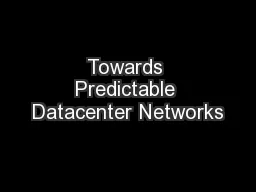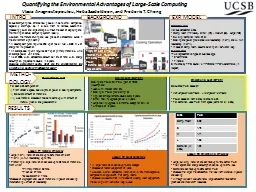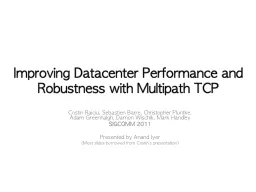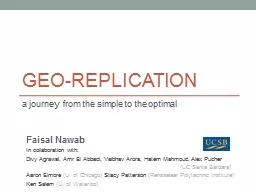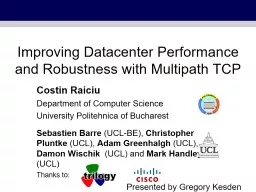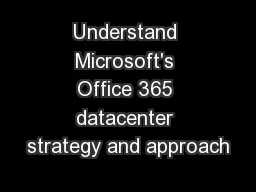PPT-Towards Predictable Datacenter Networks
Author : pasty-toler | Published Date : 2016-06-11
Hitesh Ballani Paolo Costa Thomas Karagiannis and Ant Rowstron Microsoft Research Cambridge This talk is about Guaranteeing network performance for tenants in
Presentation Embed Code
Download Presentation
Download Presentation The PPT/PDF document "Towards Predictable Datacenter Networks" is the property of its rightful owner. Permission is granted to download and print the materials on this website for personal, non-commercial use only, and to display it on your personal computer provided you do not modify the materials and that you retain all copyright notices contained in the materials. By downloading content from our website, you accept the terms of this agreement.
Towards Predictable Datacenter Networks: Transcript
Download Rules Of Document
"Towards Predictable Datacenter Networks"The content belongs to its owner. You may download and print it for personal use, without modification, and keep all copyright notices. By downloading, you agree to these terms.
Related Documents

